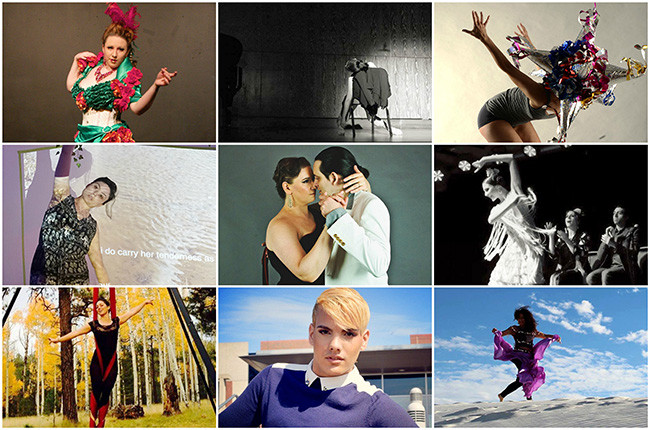What does it signify to be a professional dancer in our contemporary world? As we navigate an era of heightened awareness around inclusivity, diversity, and evolving societal norms, the traditional definition of a “professional dancer” is ripe for re-evaluation. The dance profession, unlike many others, often presents a landscape where sustained, salaried employment spanning decades can be elusive. This reality prompts a crucial examination of the term “professional dancer” itself, particularly in 2024 and beyond.
In early 2018, an exploration into the multifaceted concept of professionalism in dance was initiated, seeking to understand how dancers themselves perceive this loaded term. This exploration became particularly relevant against a backdrop of rising living costs that push artists to diversify their income streams and question conventional career paths. The romanticized ideal of a “professional dancer,” often envisioned in youth, frequently clashes with the complex realities of the dance field.
To delve into this complexity, insights were gathered from 15 diverse dance artists on their perspectives of professionalism. This group represented a spectrum of ages, ethnicities, orientations, abilities, and dance genres – although contemporary dancers were prominently featured due to existing networks. Some were self-made artists, while others had experience within established institutions. They hailed from both smaller communities and major urban centers, offering a rich tapestry of viewpoints, from emerging voices to seasoned veterans.
The series of interviews yielded several compelling and unexpected insights into the definition of a dancer and what constitutes professionalism within their field:
Key Insights into the Definition of a Dancer and Professionalism
1. Genre Specificity and Professional Parameters
Dancers rooted in specific dance forms, as opposed to the broadly defined contemporary dance genre, demonstrated a clearer understanding of professional dance parameters. They articulated specific training pathways and the importance of professionalism within their disciplines. This clarity appears linked to more defined performance opportunities within these genres, leading to more structured training and preparation expectations. For instance, classical ballet or flamenco often have established career trajectories and training regimens that are widely understood within those communities.
2. The Role of Compensation in Defining a Dancer
A majority of respondents agreed that financial compensation was an element of being a professional dancer, though interpretations of “how much” varied significantly. Interestingly, dancers with experience in large, institutional companies (who had since transitioned out) held a more expansive view, suggesting that anyone who identifies as a professional dancer, is. This suggests that the act of self-definition can be a powerful aspect of claiming professional status, regardless of consistent high-level income.
3. Professional Identity and Self-Assessment
For many dancers, grappling with the definition of a professional dancer became an introspective exercise in evaluating their personal sense of accomplishment and career validation. This mirrors the experience of navigating multiple professional identities, such as being both a writer and a dancer. The ease with which one might claim “professional writer” status, especially with salaried writing work, contrasts with the often more fraught relationship to the “professional dancer” label, particularly when dance work is inconsistently paid. This highlights the emotional weight and personal investment associated with the “dancer” identity.
4. “Professional Dancer” vs. “Dance Professional”: An Overlap in Definitions
A nuanced point emerged around the conflation of “professional dancer” with “dance professional.” Respondents often broadened the definition to include related occupations like dance teachers and administrators. While distinct activities, these roles are frequently intertwined for individuals seeking a sustainable livelihood in dance. This blending suggests a pragmatic understanding that a portfolio career, encompassing performance, education, and administration, is often necessary to make a living within the dance ecosystem.
5. Expanding Inclusivity and the Definition of a Dancer
Several dancers noted an increase in individuals identifying as dancers compared to previous generations. This shift is partly attributed to the challenging of slender body stereotypes historically prevalent in ballet and modern dance. The dance world is increasingly recognizing and celebrating dancers of diverse body shapes and sizes as professionals. This evolution reflects a more inclusive and representative understanding of who can be considered a dancer, though the crucial question of whether funding and opportunities are expanding to support this growing field remains.
6. Commitment to Artistry Beyond Professional Labels
The perspectives of a flamenco dancer and a burlesque dancer highlighted that significant figures in their respective fields may not always self-identify as “professional.” Many respondents emphasized a profound commitment to the art form that transcends purely monetary considerations. This underscores the intrinsic motivation and dedication that drive many dancers, where passion and artistic contribution can be as, or more, defining than professional status in a conventional sense.
7. Systemic Challenges and Long-Term Sustainability for a Definition Dancer
A recurring theme was frustration with the systemic challenges inherent in forging a long-term, viable career as a dancer. The demands and precarity of the dance profession were acknowledged as significant hurdles. This collective frustration points to the need for broader systemic changes to better support and value dancers and their contributions to culture and society.
 Prof dance collage
Prof dance collage
Diverse group of dancers in various poses and styles, illustrating the multifaceted definition of a professional dancer in contemporary dance.
In conclusion, the exploration reveals that the definition of a dancer and “professional dancer” is far from monolithic. It is a dynamic and evolving concept shaped by genre, personal values, economic realities, and shifting cultural landscapes. Ultimately, the hope remains that dancers will one day operate within a system that unequivocally recognizes, values, and adequately compensates their essential work, making the question of “professionalism” less of a personal struggle and more of a societal affirmation.
